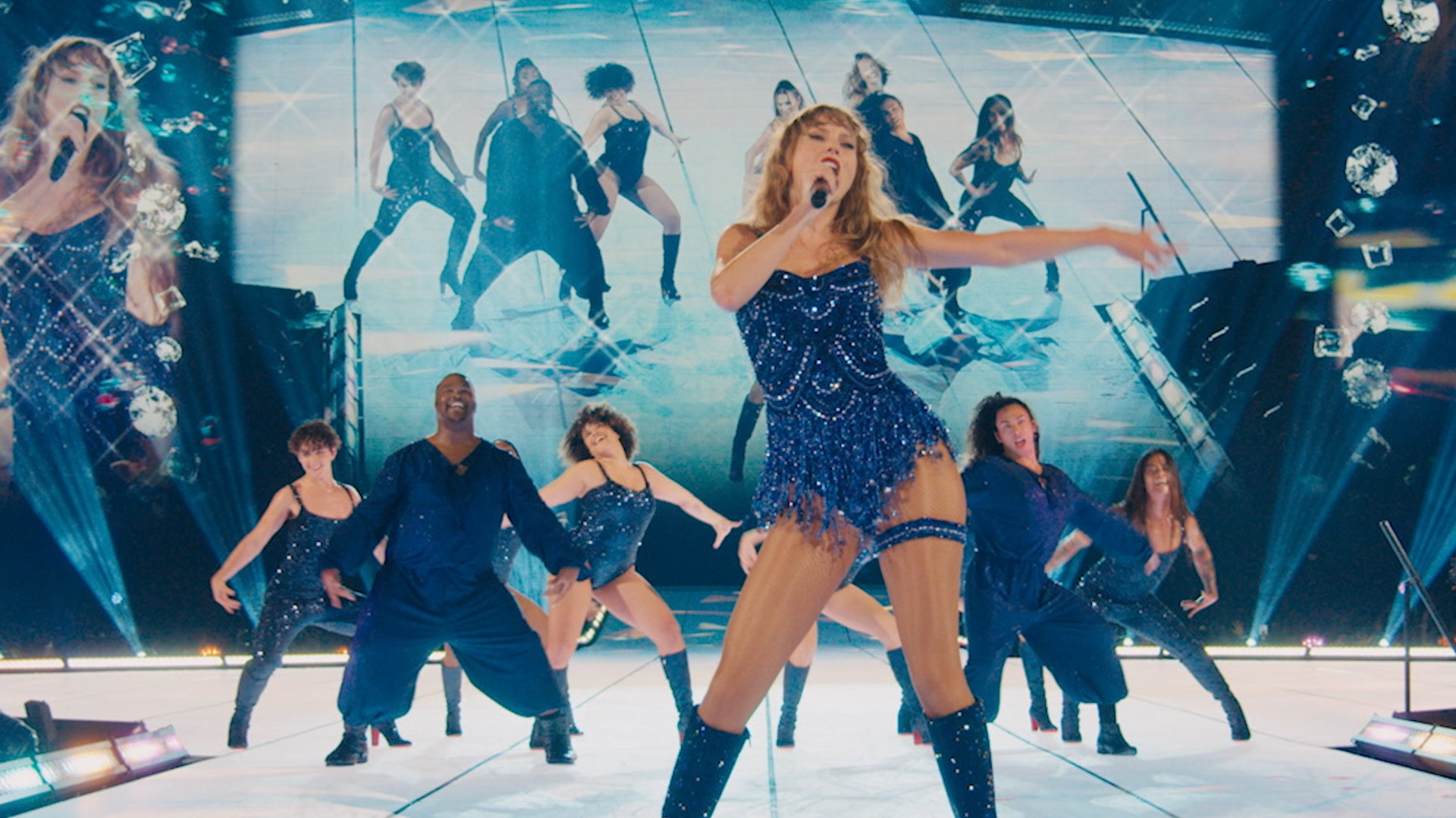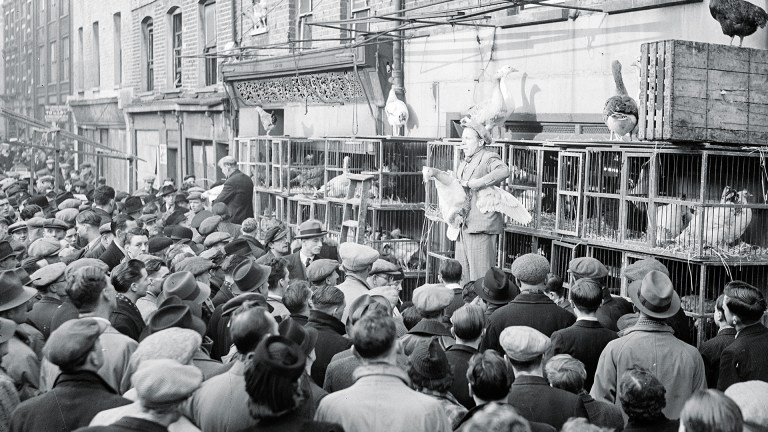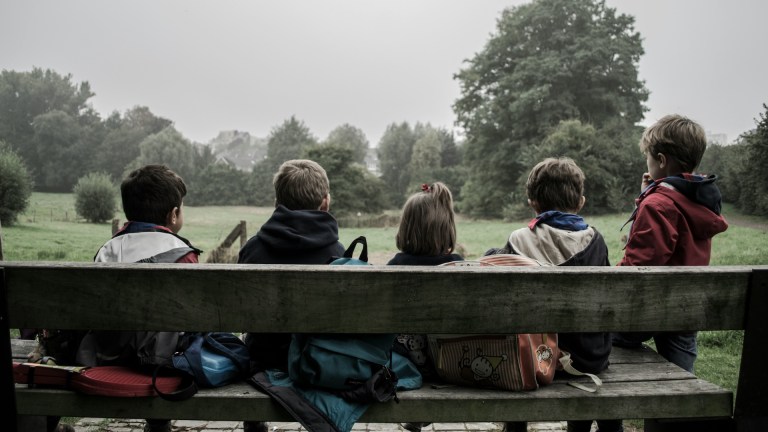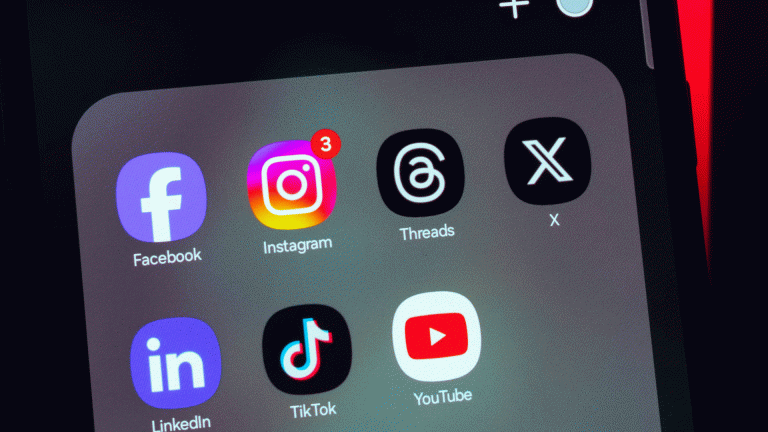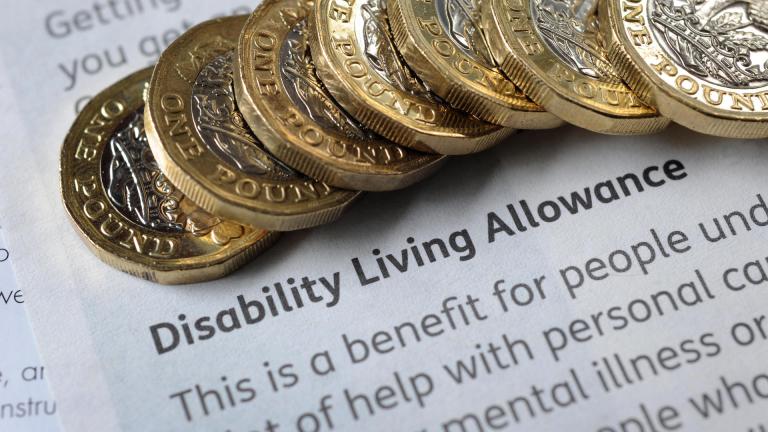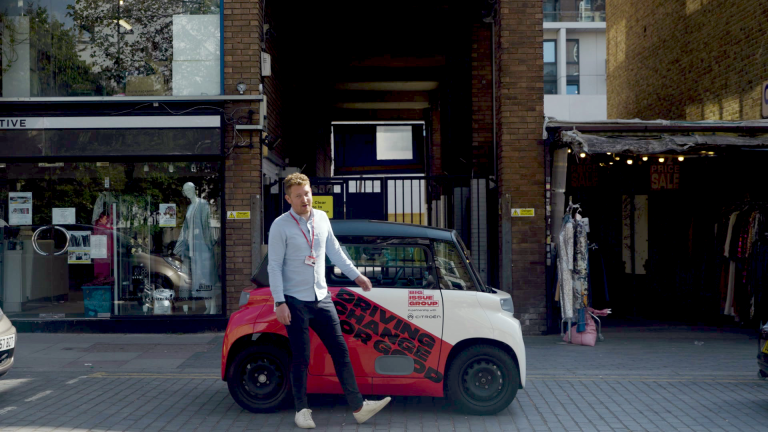The singer, songwriter, and pop star Taylor Swift recently described herself, in a social media post announcing her engagement to athlete Travis Kelce, as her fans’ “English teacher”. If you don’t follow Swift’s work very closely or know any Swifties, this might seem like a surprising thing for Swift to say.
But I am a lecturer in English at Queen Mary University of London and have taught and studied the work of Taylor Swift for years. And, as an English teacher myself, I think Swift is on to something. Swift doesn’t lead seminars but she does create songs that encourage her fans to do the work of the study of English: to examine a text to understand what it means and what it can tell us about ourselves, the world, and each other.
Wherever Swifties meet – whether on social media or in person – we discuss the minutiae of Swift’s songs: why does Swift use a certain metaphor? Who exactly is speaking the words of a particular song (Swift herself? A character she has made up?)? Why has she incorporated an allusion to another work such as a classic play or novel into a song?
Read more:
- This is what happens to a local economy when Taylor Swift comes to town
- Is Taylor Swift making song lyrics more important than ever?
- Taylor Swift is showing just how bad Edinburgh’s housing emergency really is
Swift has always been interested in getting her fans thinking about literature, since at least 2008, when she rewrote William Shakespeare’s play Romeo and Juliet to give it a happy ending. The resulting song, “Love Story”, is a reflection on what teenagers can do: they can, like the young lovers she sings about, avert tragedy by taking control of their lives. And they can, like the song’s teenaged author, have the confidence to form their own opinions about and even rewrite classic texts.
Like a good English teacher, Swift asks her fans to consider how texts from the past can apply to the present. As she has evolved as an artist, she has only asked us to think harder and longer about this question. For example, her 2024 song “I Hate it Here” seems strongly situated in a response to a particular political moment, one of rising polarisation and mistrust of other people.
